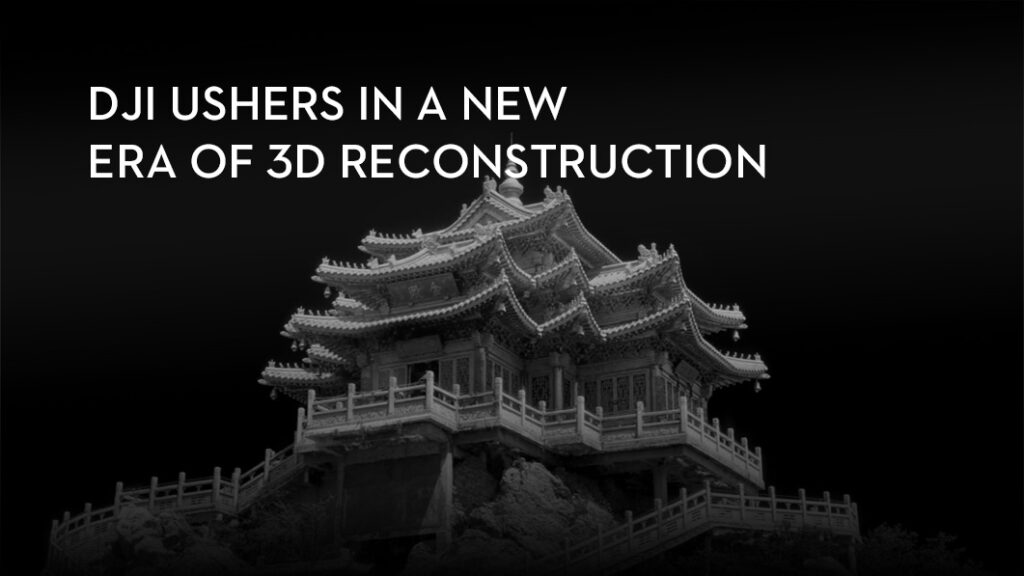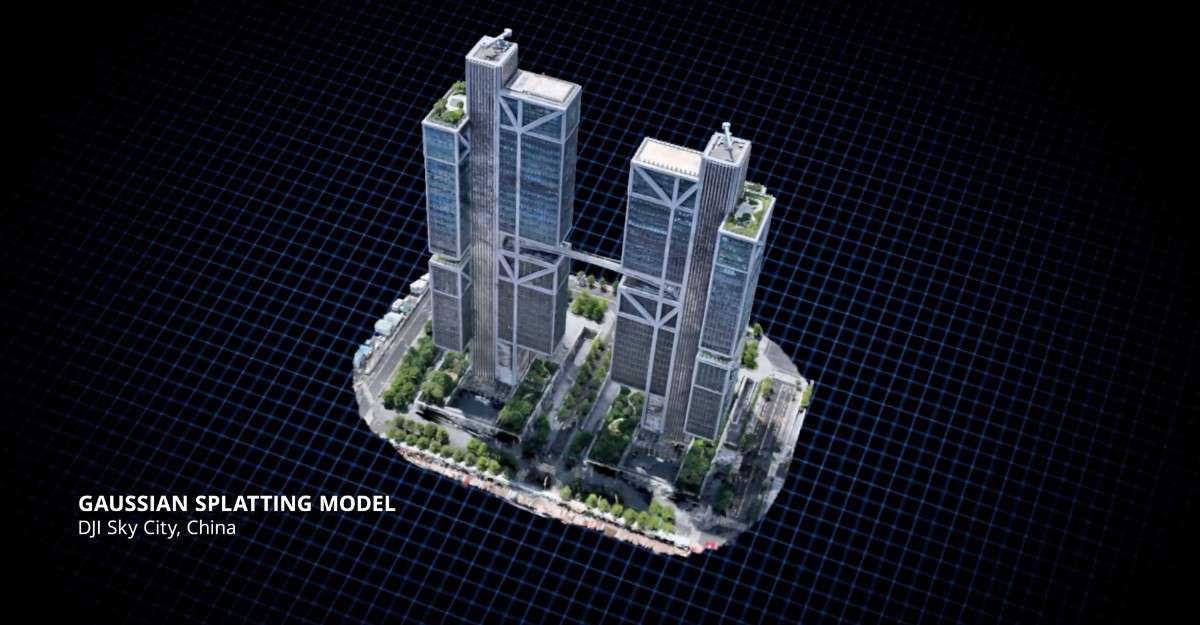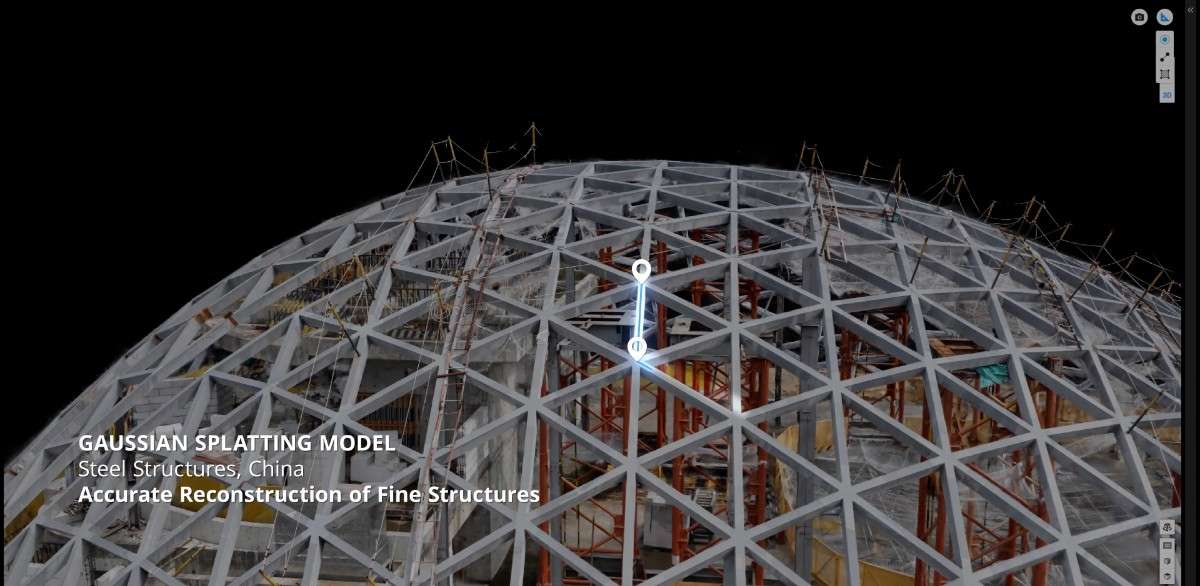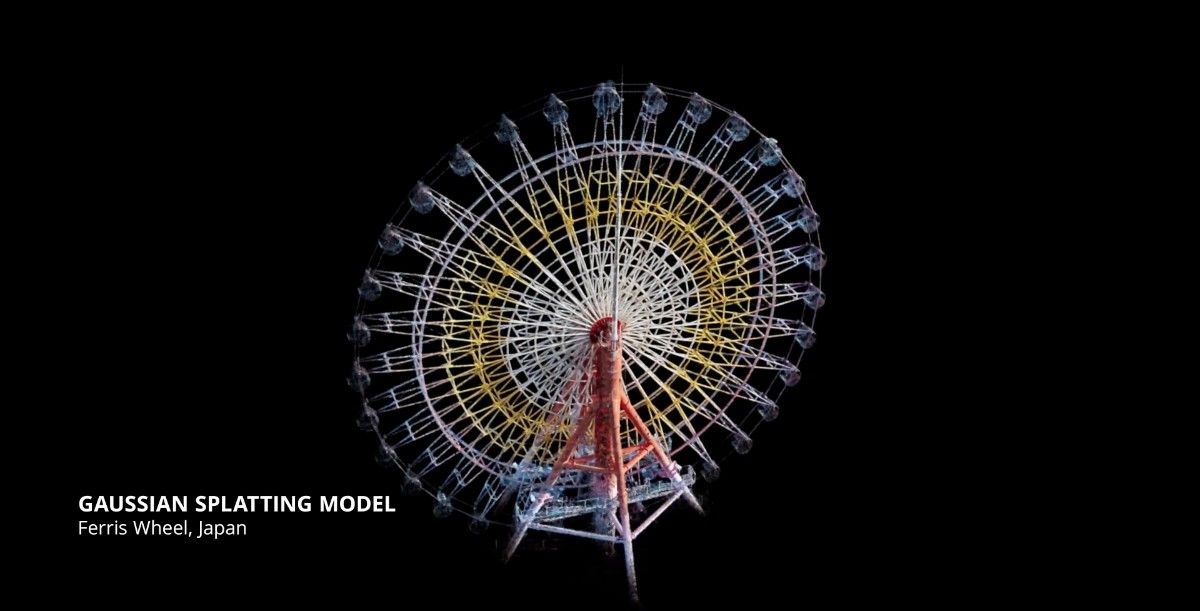
The Gaussian splatting technology transforms 3D modelling from a process of approximation to one of near-perfect reflection. The implications for industries that depend on high-fidelity digital twins are significant and lasting.
For years, photogrammetry has been the standard for converting reality into digital form. The process involves stitching together thousands of images to create a 3D mesh made of polygons. While being useful, this method has had persistent limitations. It often struggles to capture fine details like wires, complex foliage, or reflective surfaces like glass and water. To rectify these shortfalls, the processing is often slow, taking hours or even days to generate a final model.

Instead, it represents a scene as millions of tiny, semi-transparent, colored particles called Gaussians. By arranging and rendering these “splats,” the technique creates a final image that is detailed, realistic and can be explored in real-time.

The practical benefits of this technological leap are set to unlock new capabilities across numerous sectors.
E-commerce and Product Visualisation: Businesses can create interactive, true-to-life 3D models of their products. Customers can inspect items from every angle, viewing accurate textures and material properties in a way that static images or basic models cannot replicate.
The concept of representing scenes with particles is not new. However, recent breakthroughs in GPU architecture and novel algorithms have made it a practical reality. The original research, published in 2023, demonstrated a method that balanced quality with real-time rendering performance, opening the door for commercial applications.
Software providers are now beginning to integrate this technology into their platforms. Tools like DJI Terra are adopting Gaussian Splatting to process drone data, allowing users to generate incredibly detailed 3D maps that were previously unattainable with conventional photogrammetry alone.

As with any emerging technology, challenges remain. Gaussian Splatting produces large file sizes, and the workflows for editing these models are still developing. Unlike a traditional mesh, a “splat” model cannot be easily manipulated with standard 3D software, presenting a hurdle for industries that rely on post-processing and modification.
Furthermore, industry standards for file formats and data integration have yet to be established.
Despite these challenges, the trajectory is clear. The move toward particle-based rendering marks a pivotal moment in 3D technology. It signals a future where digital models are not just static representations but dynamic, living environments that can be created and explored instantly.
The goal is no longer to just model reality. It is to mirror it.
Transform your drone data into photorealistic 3D maps with DJI Terra. Contact us today to learn how.